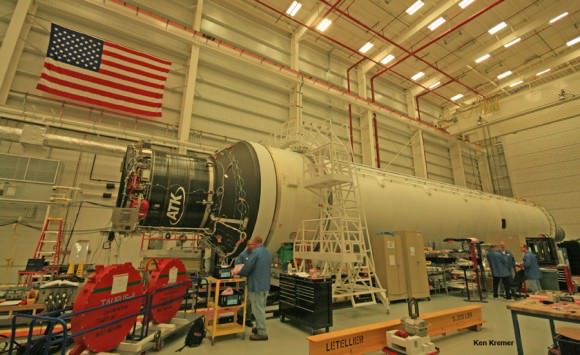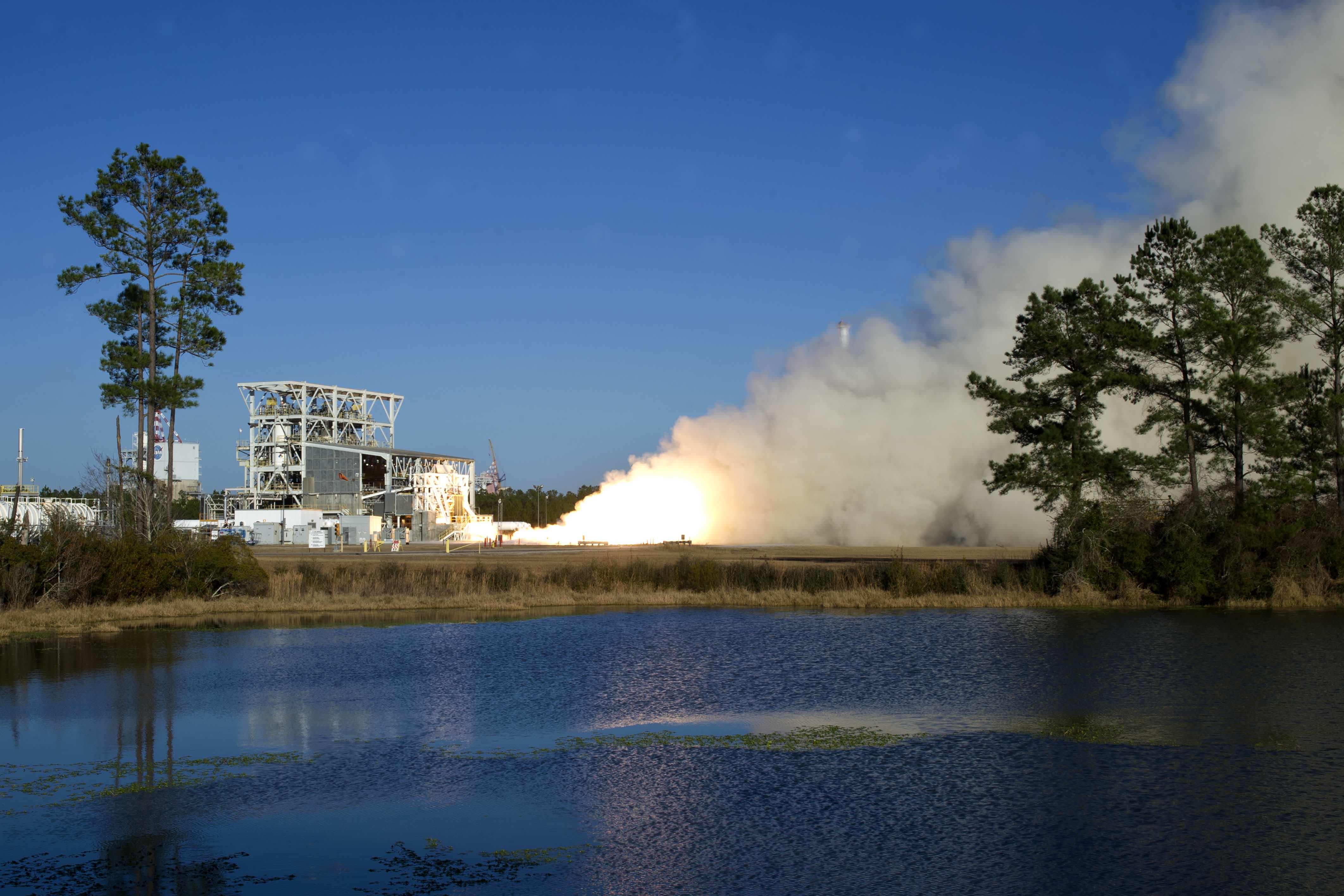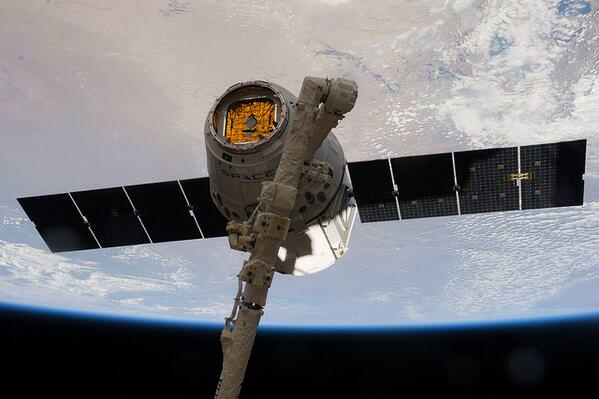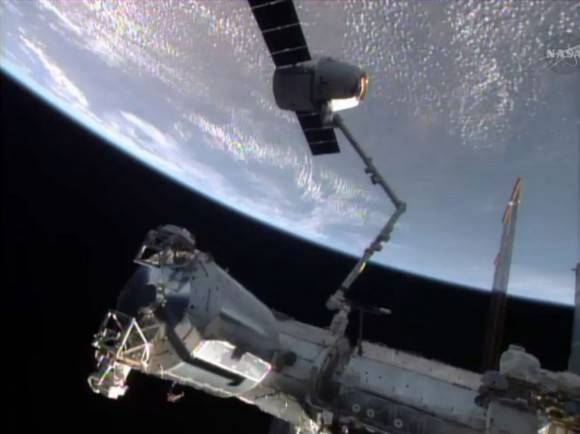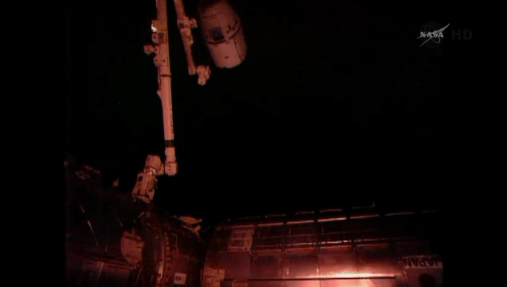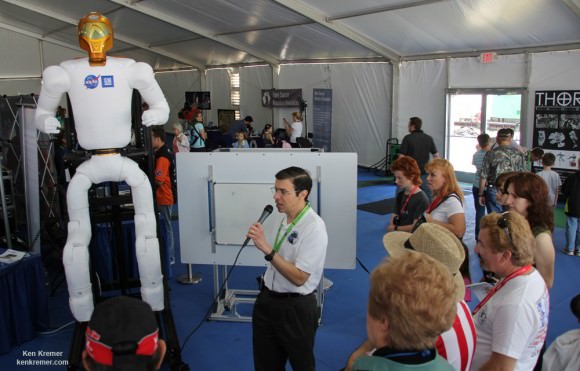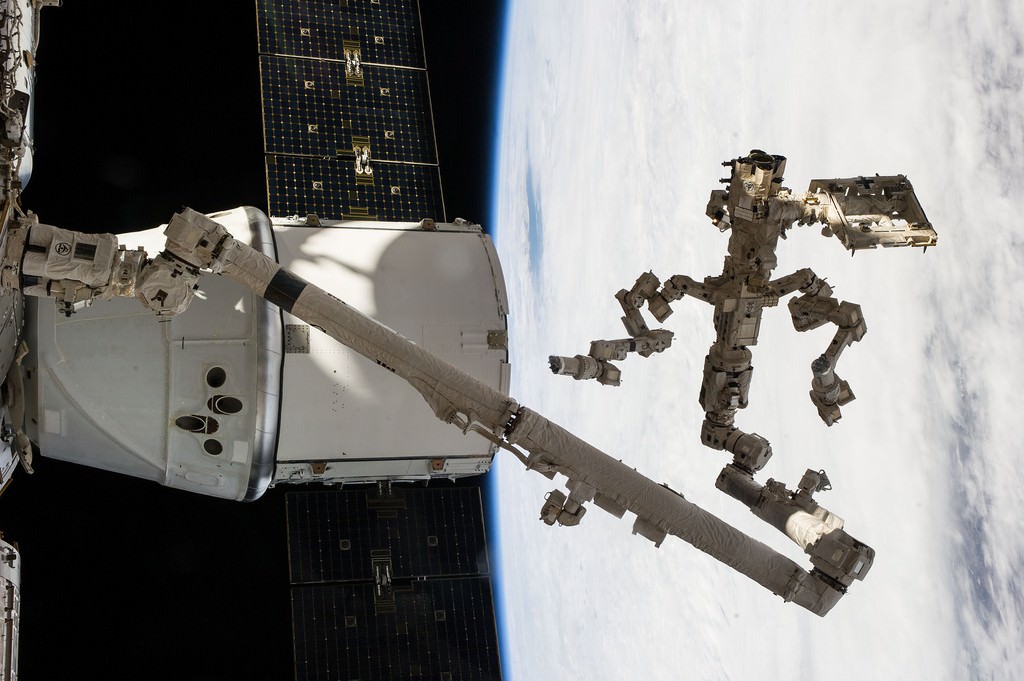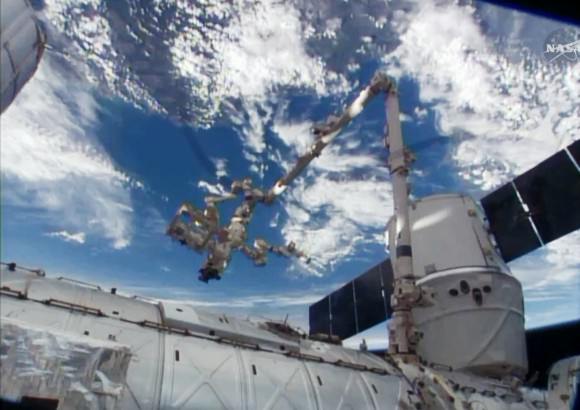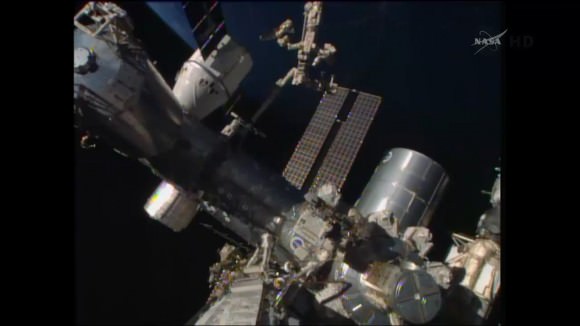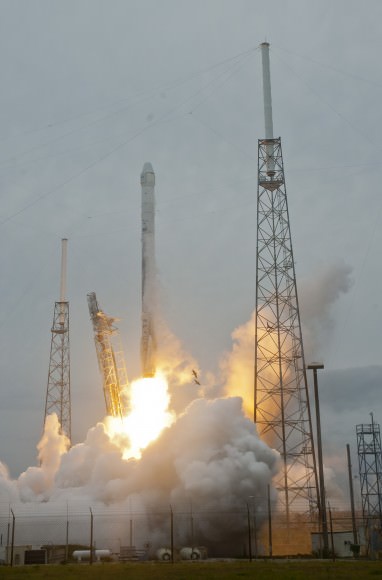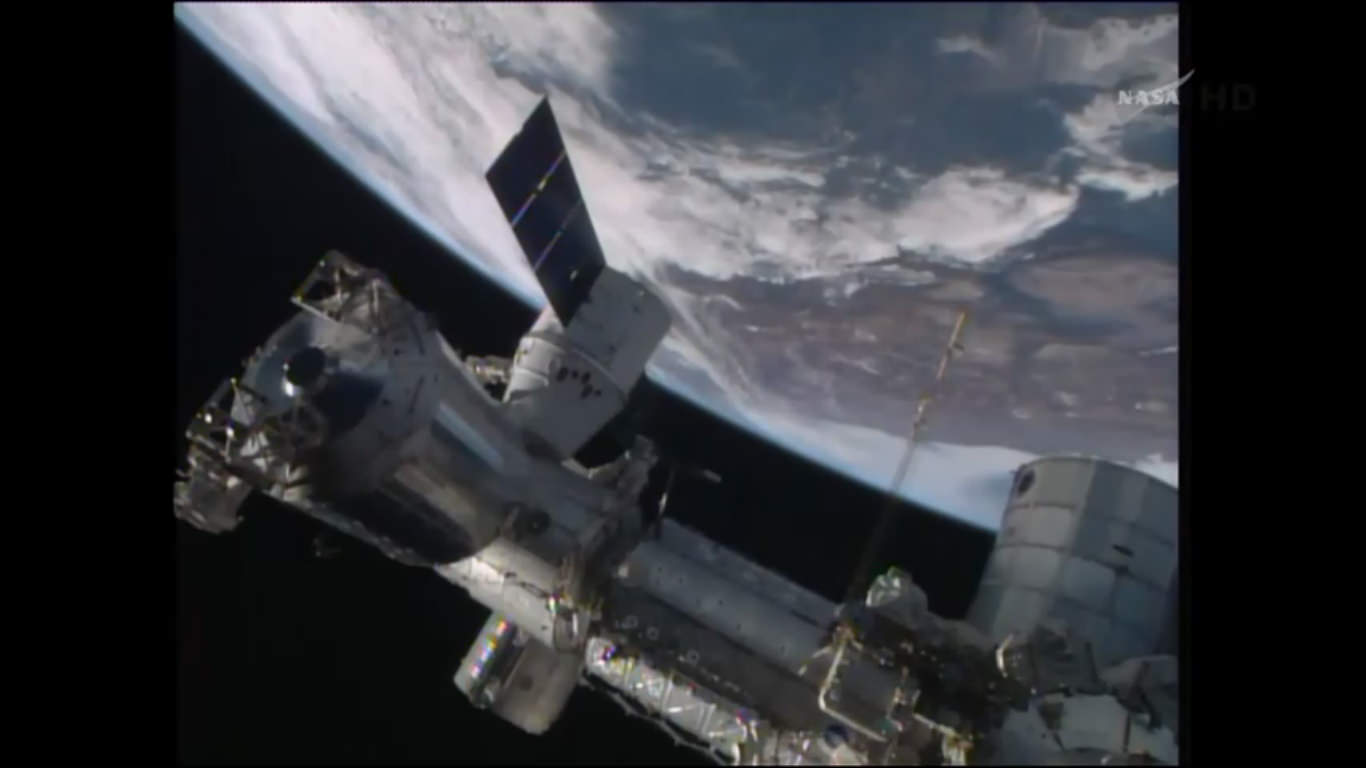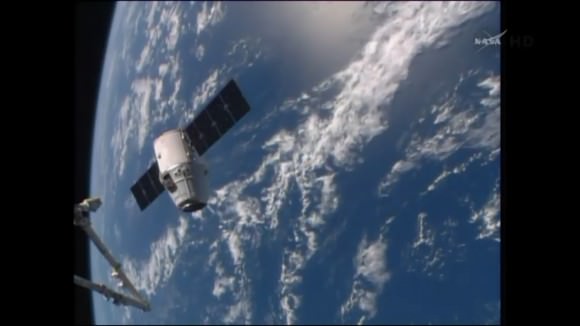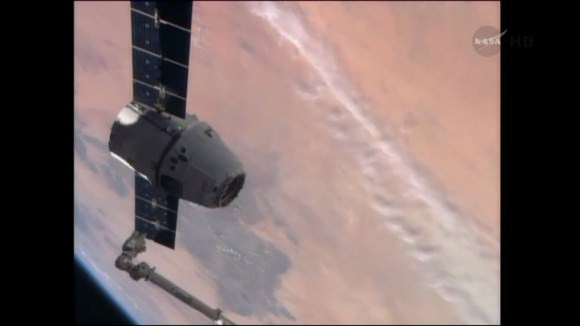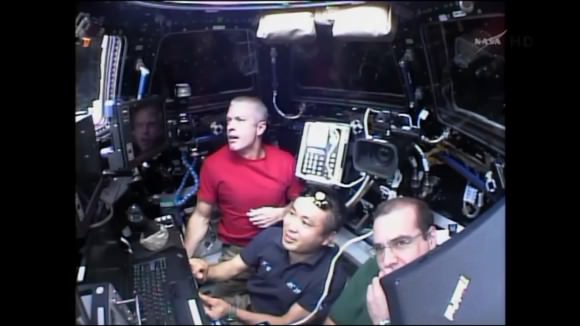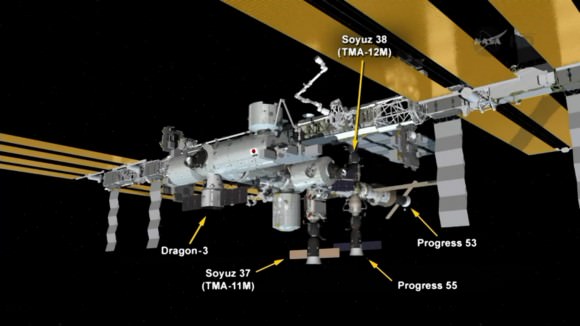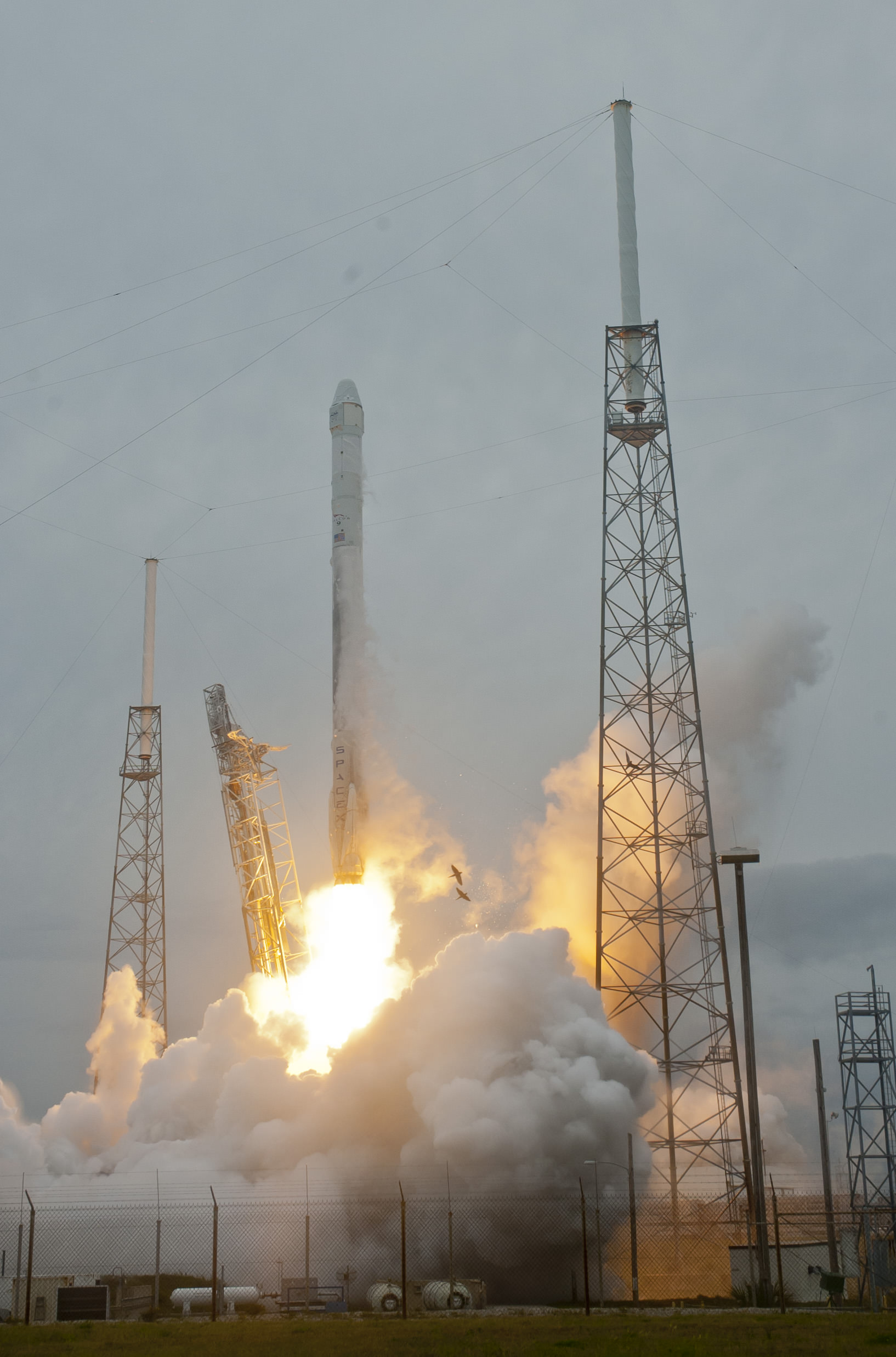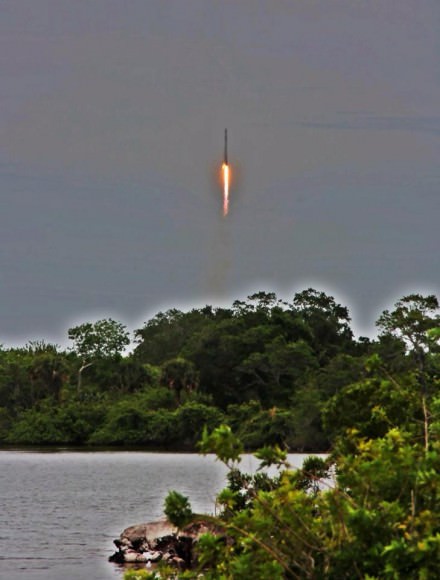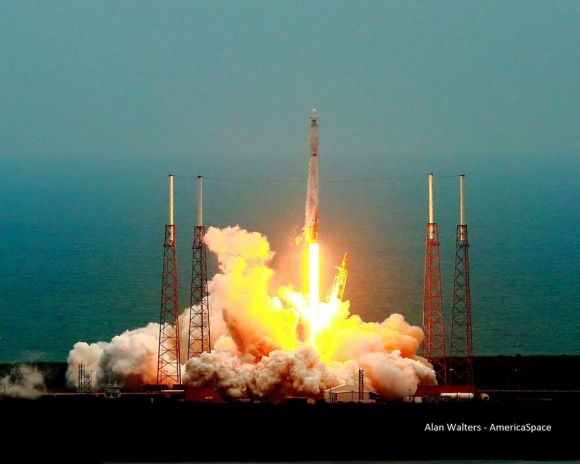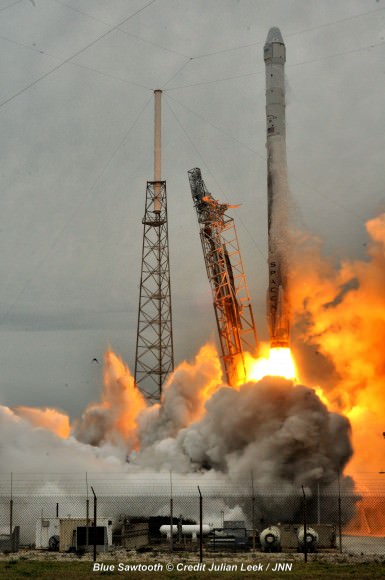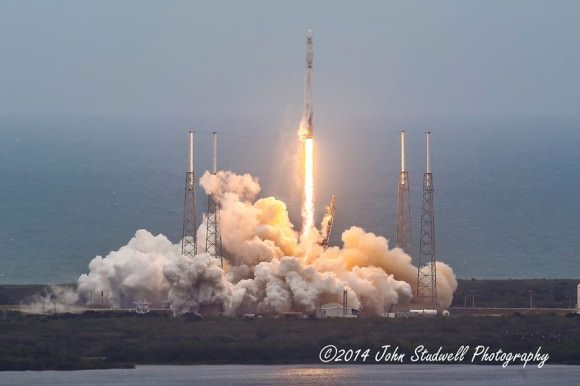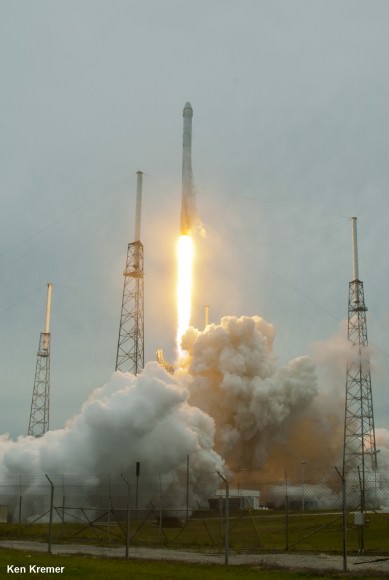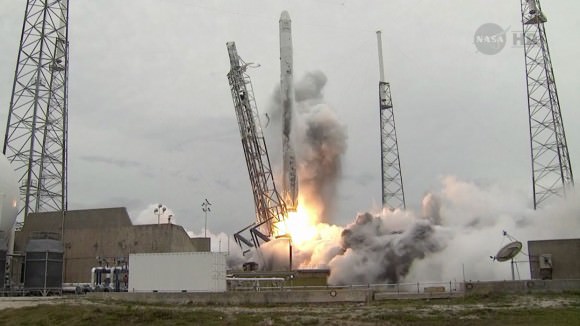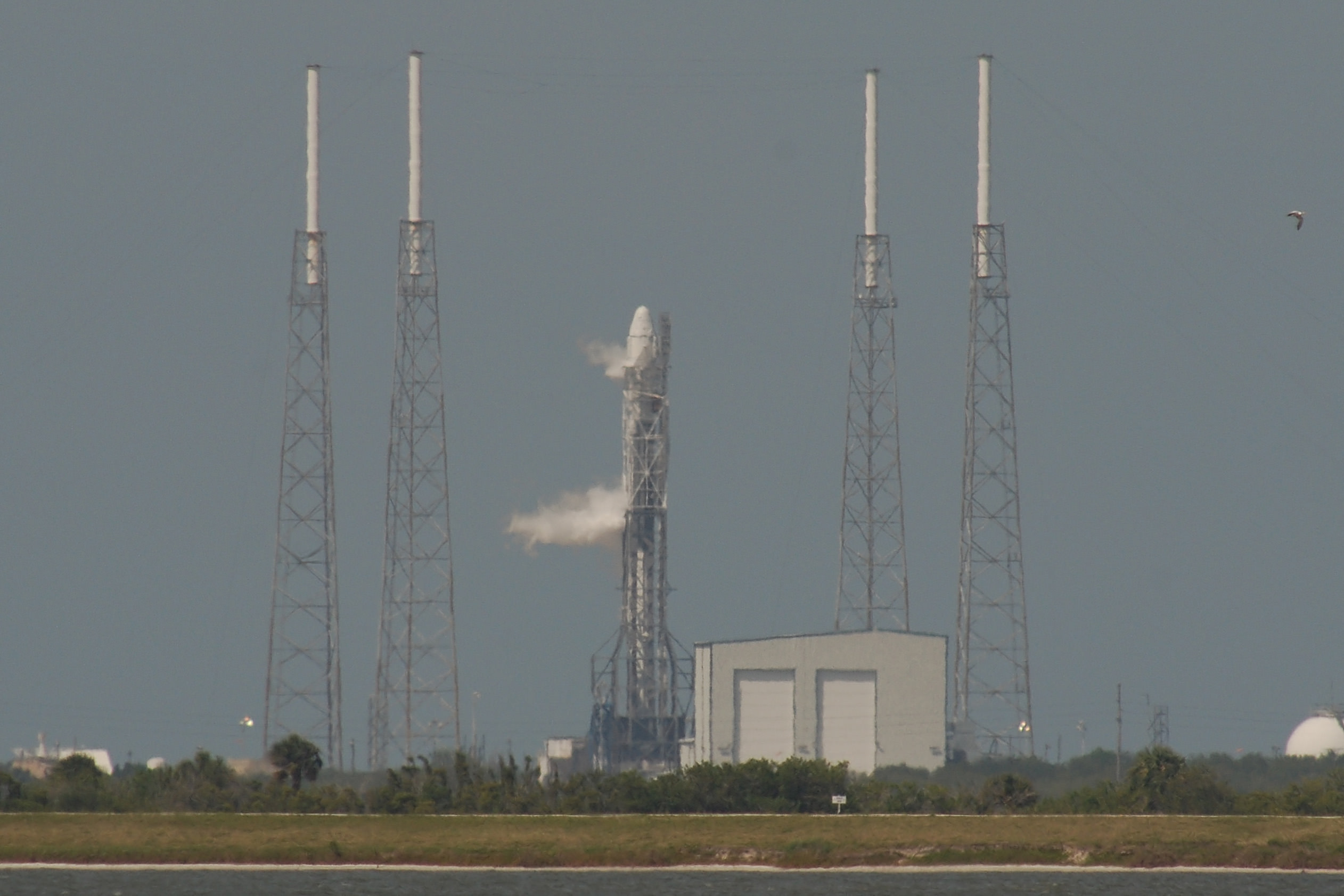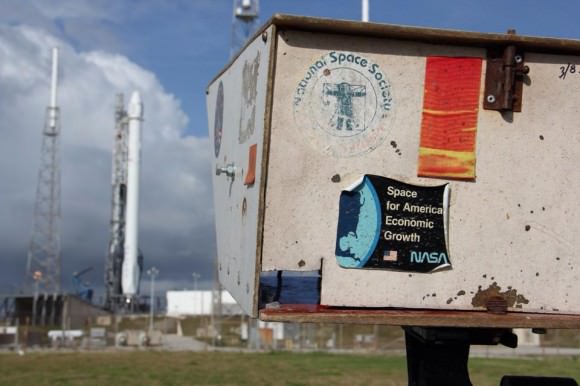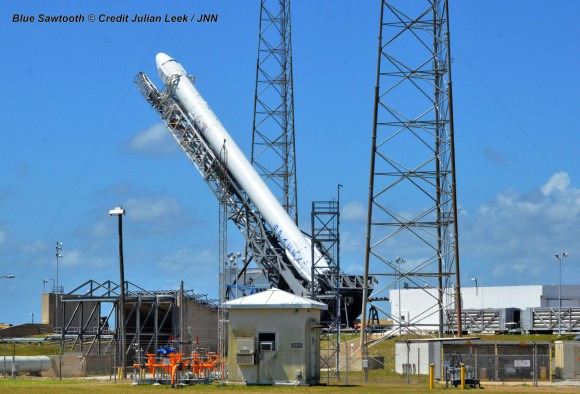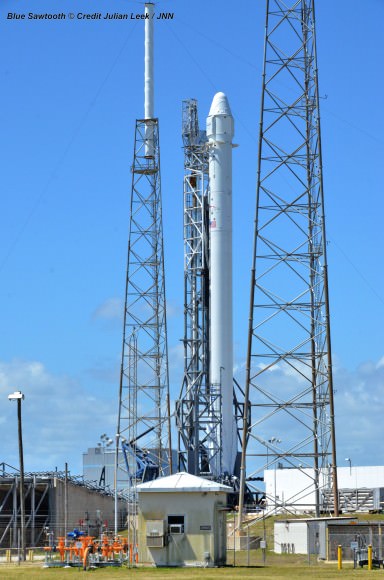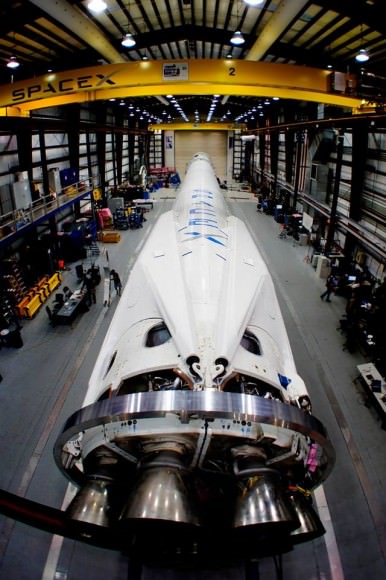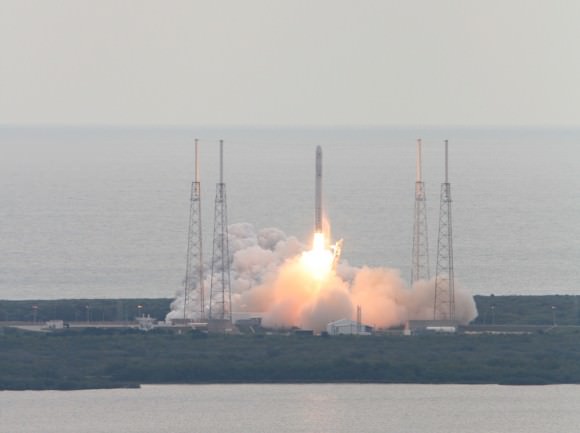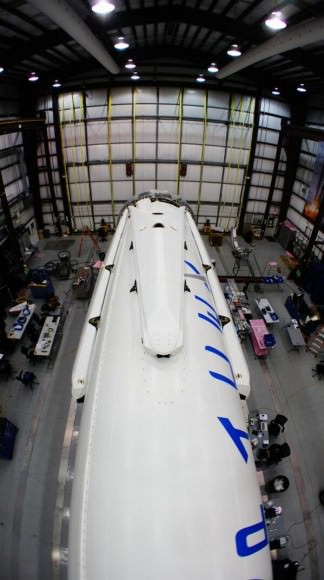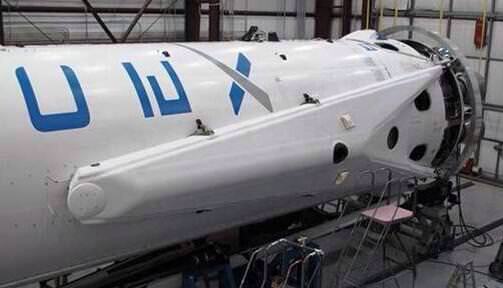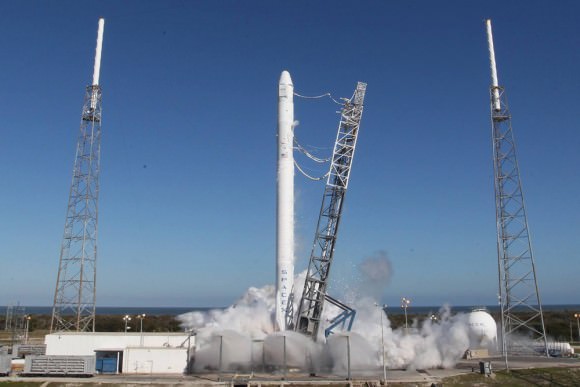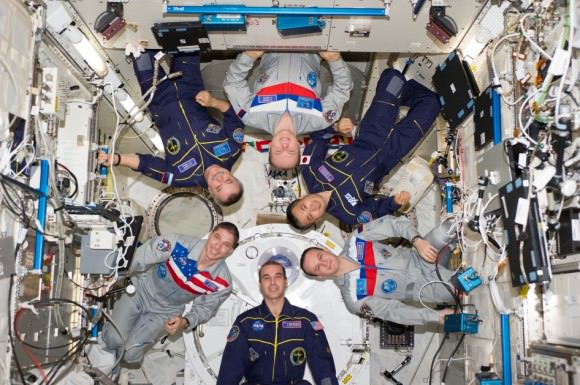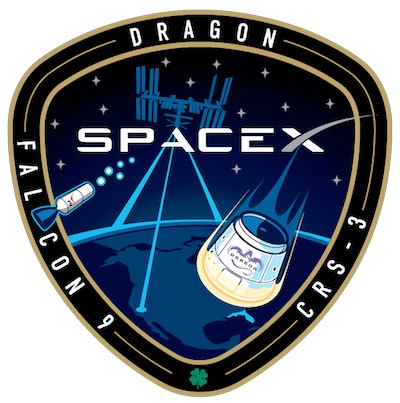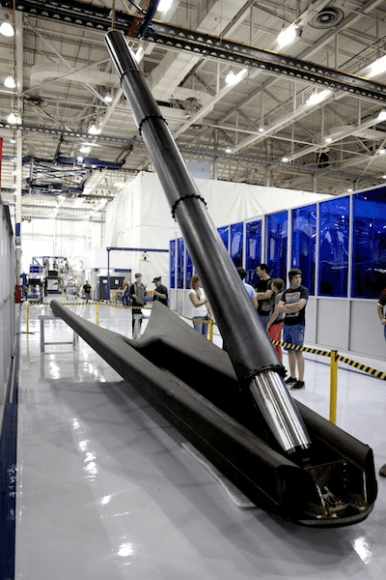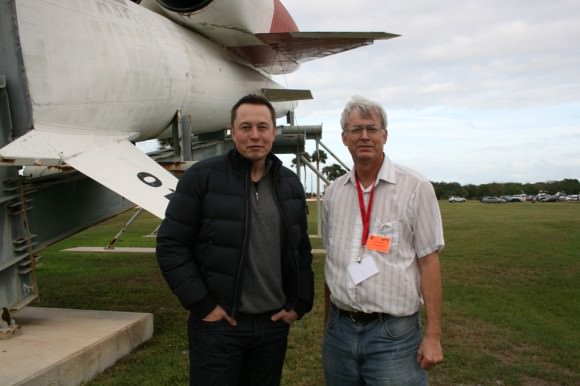Hotfire test of Aerojet Rocketdyne AJ26 engines on the E-1 Test Stand at NASA’s Stennis Space Center on Jan 17, 2014. Credit: NASA
See up close AJ26 photos below[/caption]
A Russian built rocket engine planned for future use in the first stage of Orbital Sciences Corp. commercial Antares rocket launching to the International Space Station failed during pre-launch acceptance testing on Thursday afternoon, May 22, at NASA’s Stennis Space Center in Mississippi.
“There was a test failure at Stennis yesterday afternoon (May 22),” Orbital Sciences spokesman Barry Beneski told Universe Today.
The Aerojet Rocketdyne AJ26 rocket engine failed with extensive damage about halfway through the planned test aimed at qualifying the engine for an Antares flight scheduled for early next year.
“Engineers are examining data to determine the cause of the failure,” Beneski told me.
The test was initiated at about 3:00 p.m. EDT on Thursday and the anomaly occurred approximately 30 seconds into the planned 54-second test.
“It terminated prematurely, resulting in extensive damage to the engine,” Orbital said in a statement.
An investigation into the incident by Aerojet and NASA has begun. The cause of the failure is not known.
“During hot-fire testing on May 22 at NASA’s Stennis Space Center, Aerojet Rocketdyne’s AJ26 engine experienced a test anomaly. The company is leading an investigation to determine the cause,” Aerojet spokesperson Jessica Pieczonka told Universe Today.
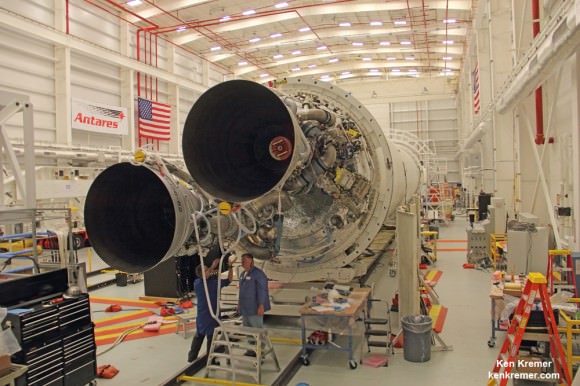
Fortunately no one was hurt.
“There were no injuries,” Pieczonka confirmed to me.
A team of NASA, Orbital Sciences Corporation, Aerojet Rocketdyne and Lockheed Martin engineers tests all of the AJ26 engines on the E-1 Test Stand at NASA’s Stennis Space Center before delivering them to the launch site at NASA’s Wallops Flight Facility in Virginia.
The testing program began in November 2010.
“Stennis will perform checkouts to the facility to ensure its operational integrity,” NASA Stennis spokesperson Rebecca Strecker told me.
Antares first stage is powered by a pair of liquid oxygen and kerosene fueled AJ26-62 engines that deliver a combined 734,000 pounds (3265 kilonewtons) of sea level thrust.
To date, the AJ26 engines have performed flawlessly through a total of three Antares launches from NASA’s Wallops Flight Facility in Virginia.
They measure 3.3 meters (10.9 feet) in height and weigh 1590 kg (3,500 lb.).
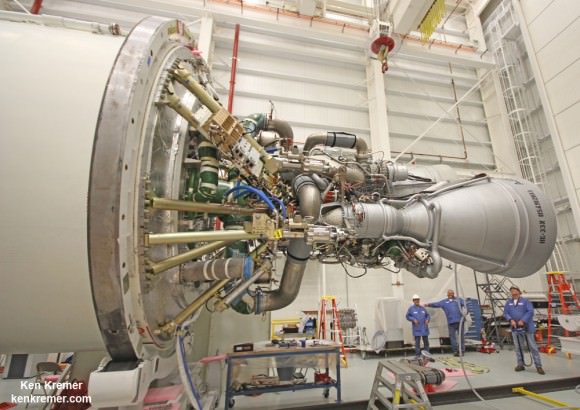
The next Antares rocket is slated to blastoff on June 10 with the Cygnus cargo freighter on the Orb-2 resupply mission to the ISS.
As of today, it’s not known whether the June flight will have to be postponed.
“It is too early to tell if upcoming Antares flights will be affected,” Beneski said.
The most recent launch of the two stage rocket took place this past winter on Jan. 9, 2014 on the Orb-1 resupply mission.
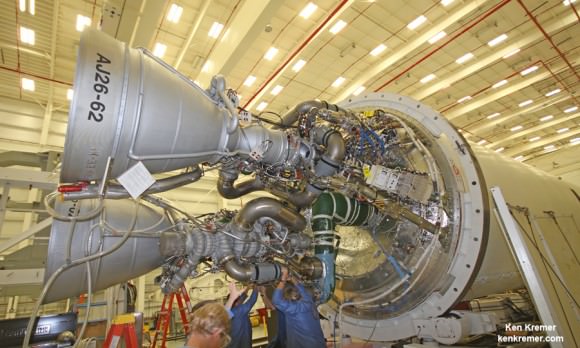
The AJ26 engines were originally known as the NK-33 and built in the Soviet Union for their manned moon landing program.
Aerojet extensively modified, checked and tested the NK-33 engines now designated as the AJ26-62 to qualify them for use in the first stage Antares core, which is manufactured in Ukraine by the Yuznoye Design Bureau and based on the Zenit launch vehicle.
“Each test of an AJ26 engine is exciting and affirming because it is in direct support of NASA’s commercial space flight efforts, as well as a continuation of a very successful Stennis partnership with Orbital and Aerojet Rocketdyne,” Stennis Director Rick Gilbrech said in an earlier statement.
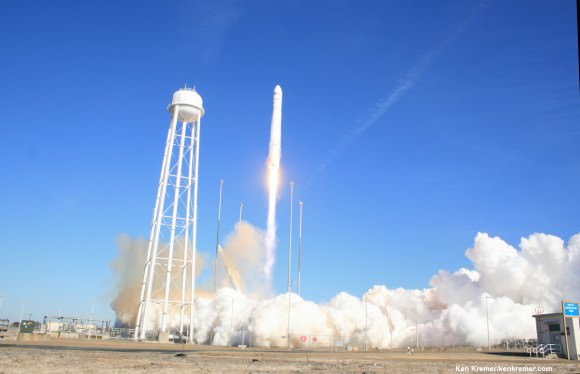
Orbital Sciences was awarded a $1.9 Billion supply contract by NASA to deliver 20,000 kilograms of research experiments, crew provisions, spare parts and hardware for 8 flights to the ISS through 2016 under the Commercial Resupply Services (CRS) initiative.
The June mission would be the second operational Antares/Cygnus flight.
SpaceX has a similar resupply contract using their Falcon 9 rocket and Dragon cargo carrier and just completed their 3rd operational mission to the ISS.
